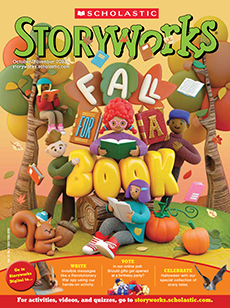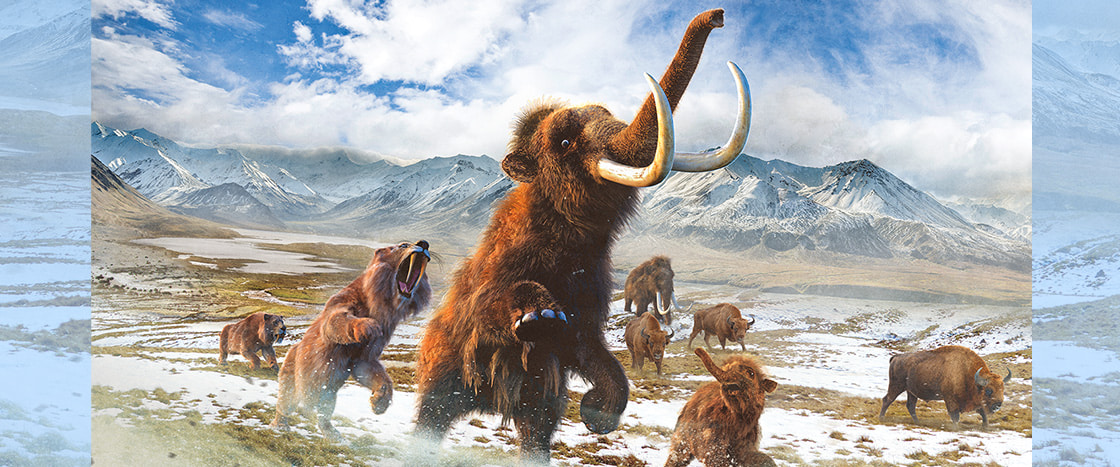Florian Breier
Grant Zazula
Can this be real?
That was Grant Zazula’s first thought as he stared at the creature in the photo, his heart racing.
It was June 2022 in the Yukon, an area in northern Canada. Zazula is a paleontologist, a scientist who studies ancient animals and plants. He had been relaxing with a coffee at home when—ping!—a photo arrived in an email on his phone.
The message was from workers in the Yukon gold fields. That morning, one of the workers had been digging for gold in a wall of frozen dirt when the body of an animal tumbled out of the muck.
Was it a bison? No—this creature had a trunk. An elephant then? No—elephants don’t live in the Yukon. The worker and his boss quickly realized this was an animal they had never seen before. They snapped a picture and sent it to Zazula.
When he opened the picture, Zazula recognized the creature right away. He just couldn’t believe what he was seeing.
There in the photo, lying in the mud, was a baby woolly mammoth. The elephant-like animal looked like it had died just yesterday . . . except woolly mammoths died out in North America more than 10,000 years ago.
Zazula knew that the ice-cold soil must have preserved the mammoth’s body, freezing it in time for thousands of years. By studying it, he and other scientists could learn amazing new things about these long-lost creatures.
But now that the body was exposed to the warm air, it was in danger of rotting away. The mammoth had to be put into a giant freezer—fast. Otherwise, this chance to glimpse at the distant past would melt before Zazula’s eyes.
Zazula was more than six hours away by car, too far to make it in time. He frantically emailed everyone he knew for help.
Could the baby mammoth be saved before her secrets were lost forever?
Can this be real?
Grant Zazula stared at the creature in the photo, his heart racing.
It was June 2022 in the Yukon, an area in northern Canada. Zazula is a paleontologist, a scientist who studies ancient animals and plants. He had been relaxing at home when a photo arrived on his phone.
The message was from workers in the Yukon gold fields. That morning, one of the workers had been digging for gold in frozen dirt. Suddenly, the body of an animal tumbled out of the muck.
Was it a bison? No. This animal had a trunk. Was it an elephant? No. Elephants don’t live in the Yukon. The worker showed it to his boss. They realized this was an animal they had never seen before. They took a picture and sent it to Zazula.
As soon as he opened the picture, Zazula knew what he was seeing. But he couldn’t believe his eyes.
In the photo, lying in the mud, was a baby woolly mammoth. The elephant-like animal looked like it had died yesterday . . . except woolly mammoths died out in North America more than 10,000 years ago.
Zazula knew that the icy dirt must have preserved the mammoth’s body, freezing it in time. Now, by studying it, he and other scientists could learn amazing things about this long-lost animal.
But first, the mammoth had to be put in a giant freezer. Quickly! If not, the body would start to rot in the warm air. Zazula’s chance to study it would be gone.
Zazula began frantically emailing everyone he knew for help.
Could the baby mammoth be saved before her secrets were lost forever?

